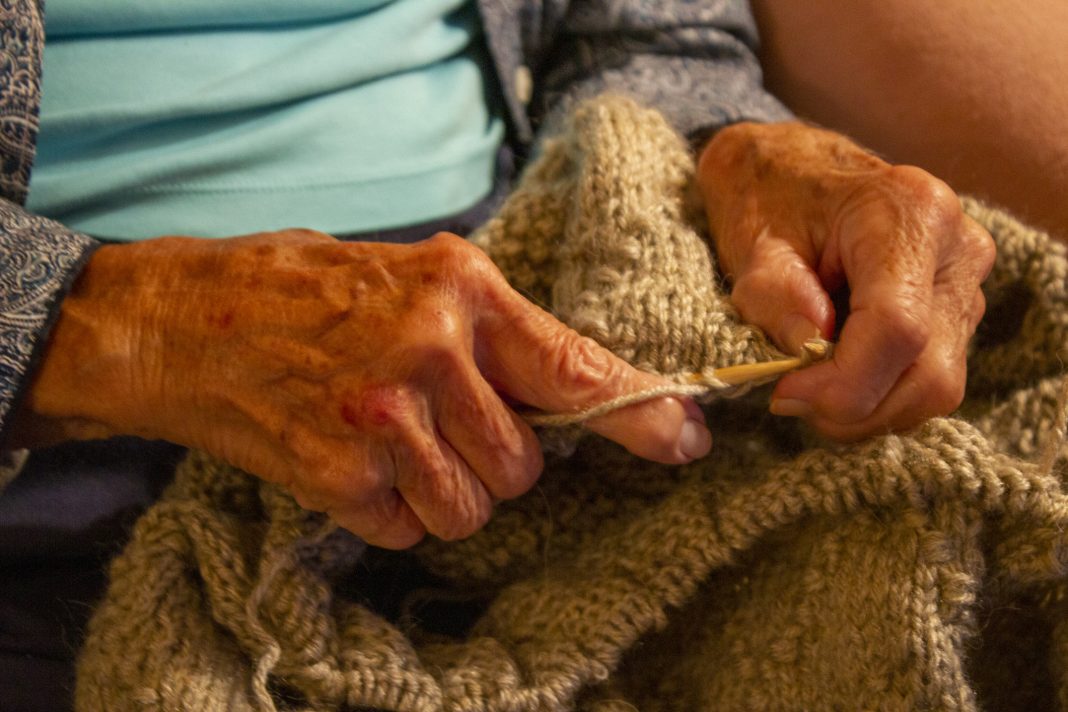A team led by investigators at the Hospital for Special Surgery (HSS) in New York City reports that their computer vision tool effectively distinguishes rheumatoid arthritis (RA) from osteoarthritis (OA) in joint tissue taken from patients who underwent total knee replacement (TKR). The results suggest the machine learning model will help improve research processes in the short term and optimize patient care in the future, according to the researchers who presented their findings at the European Alliance of Associations for Rheumatology (EULAR) Congress 2022 in Copenhagen, Denmark.
TKR is often the only management option for patients with severe knee joint damage, the scientists said, who added that identifying which disease caused the joint damage is essential for guiding treatment plans, given that RA is a systemic, inflammatory disease that may also affect the eyes or lining around the heart, while OA affects just the joints. “We know there are many more immune cells present in the synovium, or joint tissue, of patients with RA compared to those with OA,” said Bella Mehta, MBBS, rheumatologist at HSS. “But precisely how many more has not been clear.”
“Pathologists typically assess images of synovium to determine the extent of inflammation using a combination of approaches, including assigning the level of immune cell infiltration on a scale from 0 to 4,” noted Dana Orange, MD, rheumatologist at HSS, and assistant professor at Rockefeller University. “However, these methods are imperfect.”
For example, a recent study by HSS investigators found that assessments from two experienced pathologists evaluating the infiltration of one type of immune cells known as lymphocytes on the same slides agreed only 67% of the time.
Orange, Mehta, and colleagues at HSS and collaborating institutions developed and validated a computer vision tool that rapidly counts tens of thousands of cell nuclei in whole-slide images of synovium. For their present study, they measured 14 different pathologist-scored features in synovium from 60 patients with RA and 147 patients with OA who underwent TKR and used the computer vision tool to determine cell density.
The investigators identified significant differences between RA and OA features in synovium. The RA samples showed increased cell density; low numbers of mast cells; and lower evidence of fibrosis or scarring compared to the OA samples. The probability of correctly distinguishing between RA and OA in synovium was 85% when using the 14 pathologist-scored features alone, 88% when using the computer’s score for cell density alone, and 91% when the researchers combined the pathologists’ scores and the computer’s cell density calculation.
The team determined a cutoff point for distinguishing RA from OA, determining that synovium containing more than 3,400 cells per mm should be classified as RA.
“While our innovation is not ready for clinical use yet, it holds promise for assisting pathologists in the future,” Orange said. “Right now, we see it as a valuable tool for research purposes because it provides an accurate and 100% reproducible score of inflammation and look forward to developing it further.”
She added that in the future computer vision could be trained to glean other types of information from tissue samples, including which types of cells are present and whether they are close enough together that they are likely to be communicating with each other. This more granular assessment might enable clinicians to know more precisely which cells are causing tissue damage and tailor treatments accordingly.



